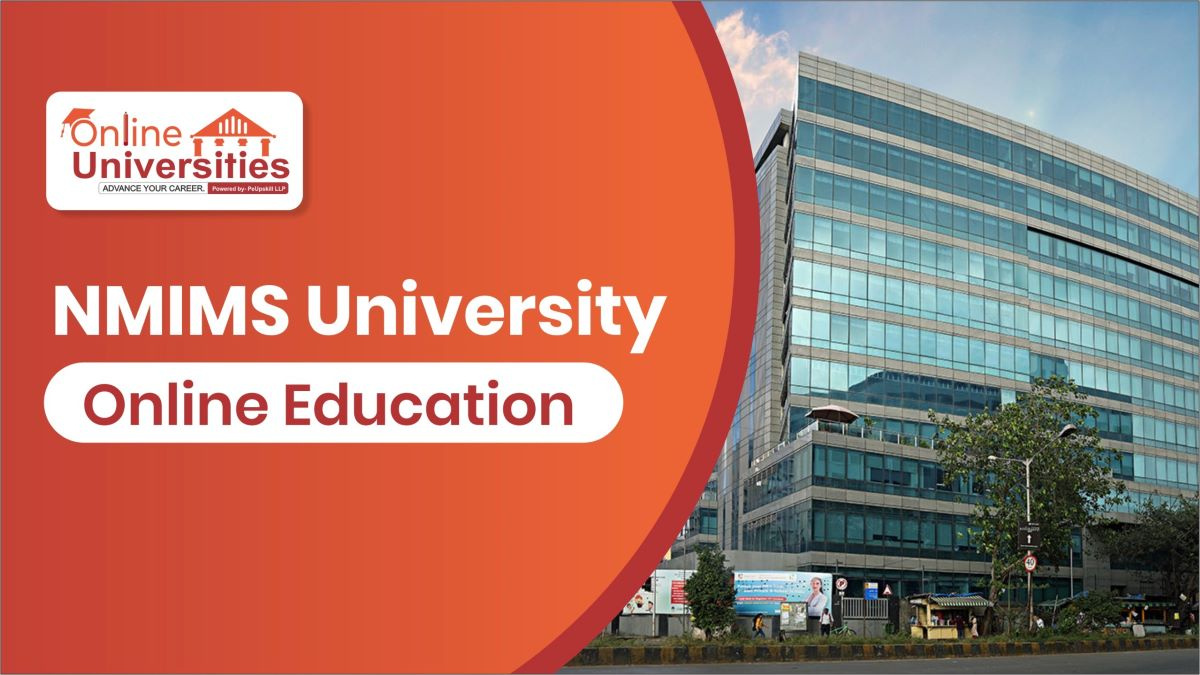Human Resource Management Systems (HRMS) are strong solutions that have transformed the management of people, the most important asset of any organization. More often in the current world economy it has become a cardinal sin for any organization not to manage its human resources very well. HRMS through effective use of technology in the systems makes the organizational operations efficient, increased productivity and the employee satisfaction.
WHAT HRMS REALLY MEANS
An HR management system is the amalgamation of several related HR processes into one platform. Such systems cover a broad range of processes, starting with recruitment and subsequent employee onboarding and payment, performance evaluation and even motivation. Similarly, an HRMS is the foundation to any company’s strategic vision of HR solutions and works to eliminate laborious processes, excessive paperwork and shift the organization’s priorities.
WHY IS HRMS IMPORTANT?
- EFFICIENCY IN HR PROCESSES: The rationale of this system reduces workload of social relation activities that was traditionally handled by HR professionals and enables them to work on development of people and organization.
- DATA-DRIVEN DECISION MAKING: HRMS helps to bring together HR data and deliver useful analytics that can be used by organizational leaders to improve decisions.
- IMPROVED COMPLIANCE: With the built-in compliance management features staying compliant with labor laws and regulations is made easy.
CORE ATTRIBUTES OF HRMS
There are several features that come with an HRMS to suit aspects of human resource management. Here’s a closer look at its capabilities:
- EMPLOYEE DATA MANAGEMENT
The consolidation of employee files safeguard important records and make them more easily accessible and current.
- RECRUITMENT AND ONBOARDING
The recruitment module makes hiring easier by combining posting jobs, tracking the application, and even managing schedules for interviews. Onboarding tools are used to assist new employees to settle in their new workplace.
- TIME AND PAYROLL
Essentials of a payroll system include determination of salaries, control of deductions, and tax remittances to make sure that employees are paid rightly and often.
- HUMAN CAPITAL BENCHMARK STUDY – PART TWO: PERFORMANCE AND TALENT MANAGEMENT
Measures for goal setting corporate performance and feedback help in improving the employee’s performance and hence satisfaction.
- LEARNING AND DEVELOPMENT
LMS in an integrated HRMS enables access of training materials by the employees.
- EMPLOYEE SELF-SERVICE PORTALS
These portals enable employees to change their information, apply for a leave, or view pay-checks and other information without help from the HR department.
A REVIEW OF THE BENEFITS OF THE HRMS
The use of HRMS has become popular because there are benefits that can be measured by an organization. Some notable benefits include:
VOICE OF THE EMPLOYEE
Candidates can easily work with HR due to an understandable navigation and self-service options.
- COST SAVINGS
By using automated processes replacing several manual activities, cost and time saving are some of the benefits of an organization.
- BETTER WORKFORCE PLANNING
Staffing tools and forecasting tools enable organizations to match demand in human resource labor with their purposes in the organization.
HCMI: EMPOWERING HR MANAGEMENT
There is often a lot that organizations can learn about leveraging HR management systems to their advantage by consulting with the experts at the Human Capital Management Institute. HCMI certification – HCMI reviews being the leader in human capital analytics, offers sophisticated tools and information that help the HR teams in the organization to make smarter choices.
WHY CHOOSE HCMI?
HCMI declares priority on mapping Human Capital performance indicators to organizational performance, hence providing direction on how organizations can prove the value of their HR interventions.
It is not just about software with an emphasis on the development of key training and the measures that will bring the workforce management success.
HCMI certification offers systematic training on human capital measurement and analysis. This certification is industry recognized and prepares professionals with necessary skills to harness data for decision making in HR.
This can be evidenced from the following HCMI certification – HCMI reviews that comment on the implementation-focused findings of their training programs. This makes HCMI a go place for any HR professional out there who wants to gain more knowledge as well as add value to their organizations.
HR MANAGEMENT SYSTEMS: THE FUTURE
The complexity of the technology is also likely to change as the technology in the field of HR management progresses. Emerging trends include:
- AI-POWERED HRMS: AI integrated solutions for training, selection and performance appraisal and forecasting are slowly gaining acceptance.
- CLOUD-BASED SOLUTIONS: There are more reasons some organizations now consider the single cloud-based HRMS than ever before.
- EMPLOYEE WELLNESS INTEGRATION: In the current more complex system, there are wellness programs as well as mental health support tools.
- MOBILE OPTIMIZATION: Another aspect is that employees need to be connected no matter their location, gaining in importance mobile-first HRMS.
This is not anymore a luxury of large companies to have applications like the HRMS out in the market as indicated in the case study above. These systems are also beneficial to the small and medium-sized businesses that are operating in an ever competitive business environment.
CONCLUSION
Not merely an application added in the organizational structure, an HR management system is a strategic tool that alters the approach to the workforce management. Many a time, HRMS is called the backbone of any modern business because it has a direct impact on all aspects of organizational performance.
People who aim at improving the field of management particularly in the human resource sector should look for leaders such as HCMI for directions, accreditation, as well as materials. Whether an organization is a newcomer to the world of Human Resource Management System or wants to make the best use of it, the tools and techniques can go a long way in helping an organization to grow and become successful.
This way, businesses can fully optimize the value of the identified assets, namely human capital, and enhance organizational performance and sustainability through adoption of HRMS.



